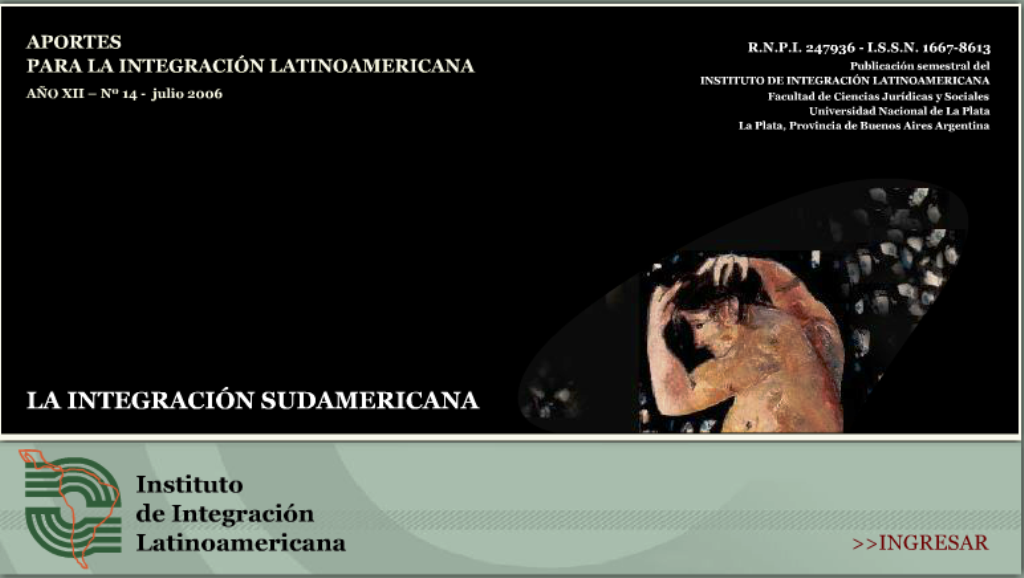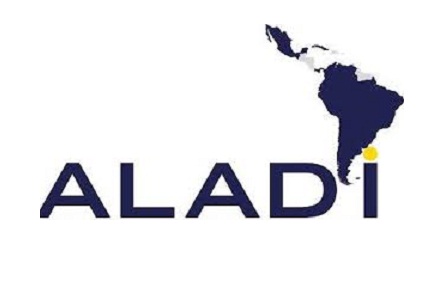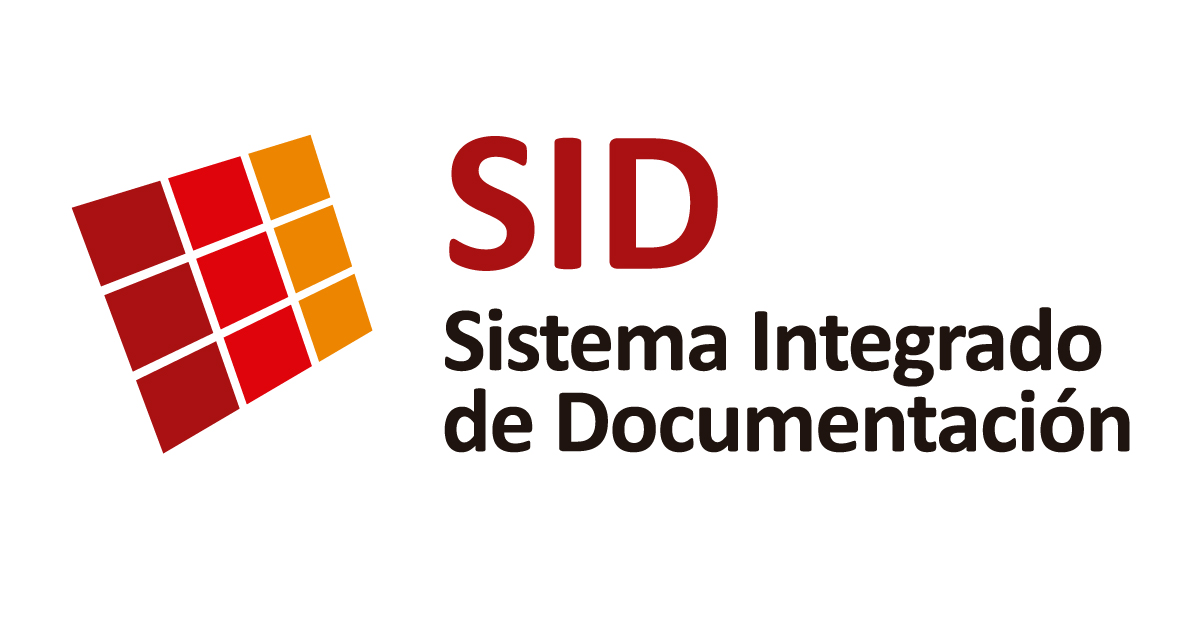SUBDESARROLLO Y CRISIS EN AMÉRICA LATINA: SU IMPACTO DE LA BRECHA EXTERNA Y RECOMENDACIONES PARA UNA ADECUADA INSERCIÓN INTERNACIONAL
Palabras clave:
Desarrollo, Subdesarrollo, Crisis, Deuda ExternaResumen
Los países de América Latina han sufrido diversas crisis, que han sido más intensas, duraderas y frecuentes dada la creciente globalización financiera. Las mismas han agravado cuestiones estructurales económico-sociales propias del subdesarrollo. Si bien en los últimos tres años han mejorado las condiciones macroeconómicas de la región lo que se refleja en un elevado crecimiento, superávits fiscales y externos, acumulación de reservas y reducción en el endeudamiento externo, subsisten potenciales riesgos de afrontar nuevas crisis que deriven en estancamiento y mayor inequidad. Los países de América Latina tienen una serie de brechas, una brecha externa, brecha fiscal, brecha productiva y una brecha social. La brecha externa depende de cuestiones exógenas y endógenas y ha determinado históricamente la magnitud de las otras brechas. En tal sentido el patrón de acumulación y de distribución del ingreso de América Latina genera periódicas crisis de sector externo que se agravan cuando se produce una liberalización comercial y financiera. En ese contexto se formularán recomendaciones de políticas vinculadas a cuestiones macro, financieras productivas y sociales para generar un cambio de paradigma que minimice los riesgos de crisis asociados con posibles cambios en las actuales favorables condiciones internacionales. En ese marco la integración regional debería ser una alternativa ante los desafíos presentados por la integración de los mercados y de los Estados
Abstract
The frequent financial crises that took place in recent decades, both inside the core and peripheral economies, leave clear evidence that crises are systemic and are created by the uneven “rules of the game” of contemporary financial globalisation. Contemporary crises exhibit a greater frequency, duration and global reach. Although in last three years the region shows an impressive growth in GDP, external and fiscal surplus, accumulation of international reserve and a significant reduction in external debt, it remains some concerns regarding that a worsening in international economic and financial conditions could deteriorate LAC macroeconomic situation In an historic perspective LAC have shown deep external cycles related to external factors. Economic analysts have divided the causes for crisis in factors into two: those that are global or external to a country (push) and those, which are internal to these countries (pull). Generally both sets of causes are present in recent crisis. External or “push” factors include changes in international liquidity (in terms of availability, conditions and cost of funds) and trade demand upswings and downswings originating from the economies and policies of core countries. Both factors had an impact on the debt crisis in the seventies, and various contagions since 1994. One of the most relevant external factors was the global market failures and the intrinsic behavior of capital flows. In general, the financial and economic literature characterized capital markets as being perfect competitive. From the analysis of the various financial crises, especially those that took place in the nineties, we can see that the real market and capital flows behave in a very different way from the ideal that stems from theory; there is information asymmetry, herd behavior, shortsightedness, “irrational exuberance (and panic)”, “moral hazard”, etc. These external factors interact with carelessly managed domestic capital markets. The influx of capital present in all recent crises were always preceded by financial liberalisation that led to over indebtedness and financial bubbles within the framework of weak regulations and strong distortions in the real economy, such as an overvalued currency, price distortions, the promotion of unnecessary imports and the improper use of credit. When the external imbalance grows, distrust and capital flight starts; and there are successive banking crises, preceded or followed by a currency exchange crisis. In this sense, this paper includes specific proposals on the policy intended for managing the external sector and capital accounts, and on regional involvement in the financial environment, to minimize the risk on its external, fiscal, productive, and social gaps it had been facing over the past few decades, We will highlight the need to have a national financial system and capital market in domestic currency that may prove an effective channel for domestic savings. Furthermore, we will examine the relevance of maintaining selective controls on capital inflows and outflows in order to secure an optimal application of the referred policies, and avoid distortions that may affect the real economy. These proposals have been put forward with a view to splicing the current recovery with a sustainable path that may allow Latin American countries and particularly Argentina and lay the foundations for a fair national plan of development in line with the goal of development with equality.
Descargas
Métricas
Descargas
Publicado
Cómo citar
Número
Sección
Licencia
Obras bajo licencia CC-BY-NC-ND
Esta licencia no permite la generación de obras derivadas ni hacer un uso comercial de la obra original, es decir, sólo son posibles los usos y finalidades que no tengan carácter comercial.


































